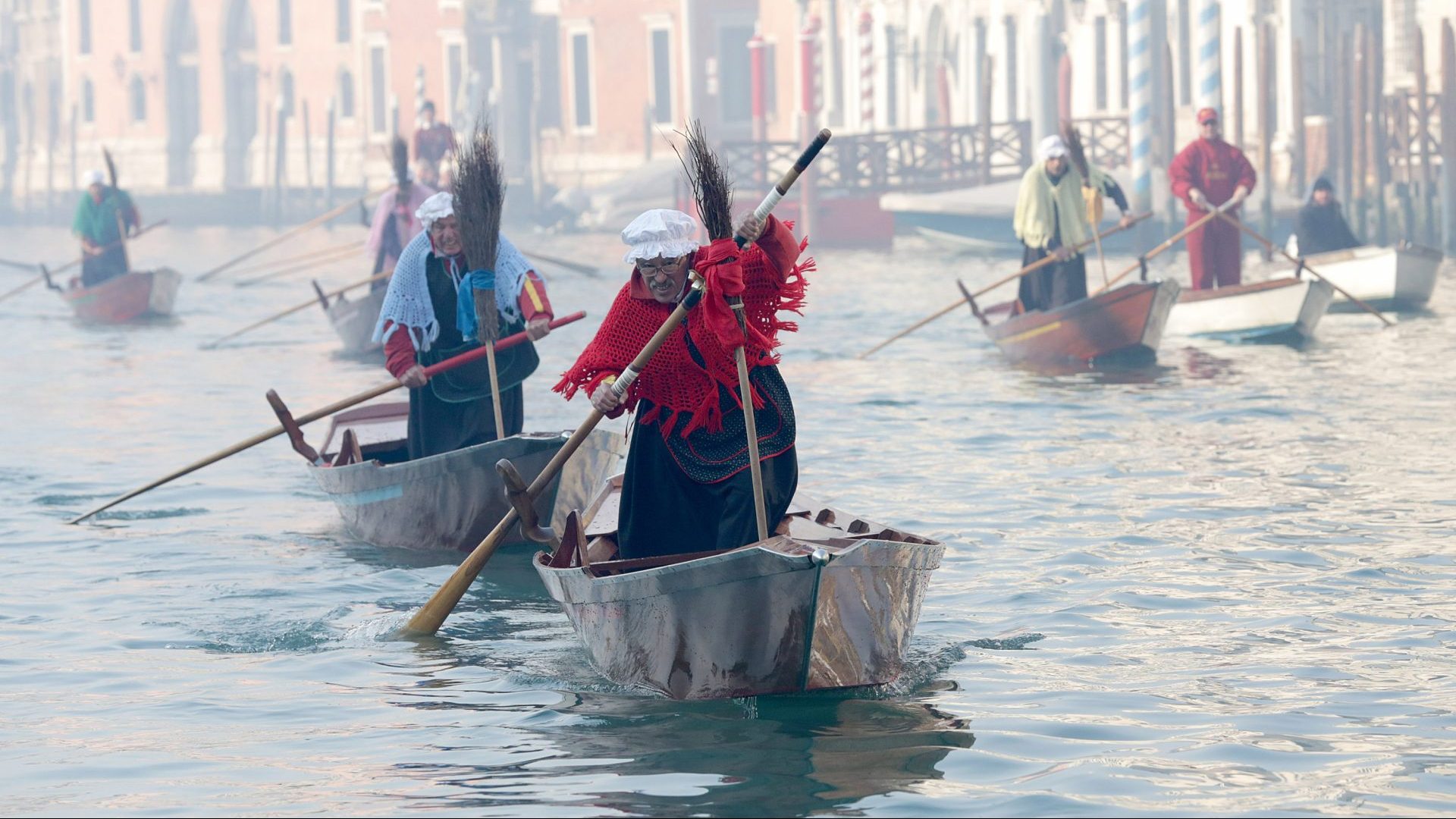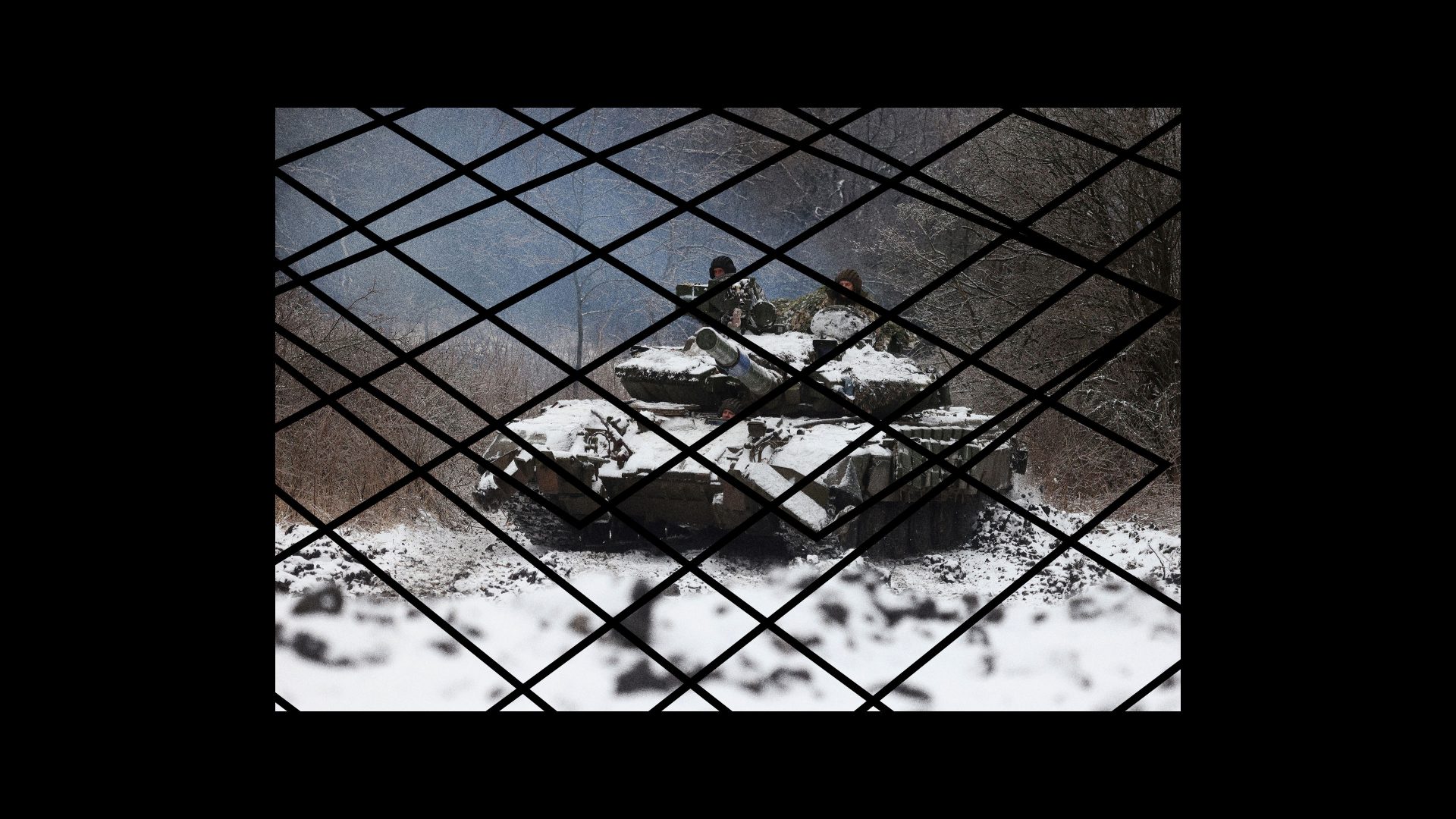On January 5, Italian children are excited as they hang their biggest, brightest striped sock over the fireplace. During the night, La Befana comes to visit them. She’s an ugly, old, flying witch with torn shoes, a crooked nose and a hairy upper lip. She flies on a broomstick, lands on the roof and climbs down the chimney, bringing gifts and candy – or charcoal.
I’m getting old now, but we still celebrate the arrival of La Befana at home.
“It depends if you’ve been a good or bad girl this year, Silvia,” my mum shouts from the kitchen while she stuffs my sock with sweets and pocket money. “If good, Befana will bring you chocolates, nuts and candies. If naughty, you’ll find black charcoal.” I always get a dark lump, too.
Early the next morning kids run to the fireplace and find either toys and candies, or the charcoal, which is actually a black sugar candy.
Giuseppe, an 83-year-old pensioner, has fond memories of his witchy days: “I saw it coming: my grades were bad at high school, I was always grounded and got charcoal. But I worship Befana: she is more special and real than Santa Claus, she is our Italian Mother Christmas.” Now Giuseppe relives his childhood thrill through his grandchildren, as they rush at dawn to the chimney to grab their treats, which now also include toys and pocket money.
Italy’s annual visit from the friendly witch goes back to pagan times, but it was only in 1928 that Mussolini established the Epifania (Epiphany) festival as a national holiday. The idea was to link the witch’s present-giving with the story of the Three Wise Men who visited Jesus in the stable, bearing gifts.
It was part of Mussolini’s “fascistisation” of society – his regime exploited pagan and Roman myths and symbols to glorify fascism. Inspired by his ideal of the greatness of Ancient Rome, Mussolini also adapted stories of the fertility and abundance goddesses, who flew over fields at night to bless harvests, also tying these to the myth of the witch Befana.
The fascists also drew a link with a Christian legend, according to which the Three Kings, on their way to the infant Jesus, stopped by at the cottage of an old lady and asked her to join them on their holy pilgrimage. She refused, but ever since then, to make up for her guilt, she has flown around on her magic broom delivering presents to children.
Under Mussolini, every January 6 rich fascist families gave food and second-hand clothes to poor and homeless children through national welfare campaigns that aimed to emphasise fascism’s social mission, and strengthen Mussolini’s personality cult. But even after the fall of the regime and the end of the second world war, many political parties continued to exploit the Befana as a political tool of propaganda.
There was also another reason for turning a wrinkled granny with warts on her nose and chin into a Christmas star. In an attempt to ban all foreign-sounding and English-related words, traditions and customs, Il Duce substituted US-imported and globalised Santa Claus with a “local” figure.
But the holiday has persisted, to become part of Italy’s oldest and most loved traditions. Nowadays, in the north, straw Befana scarecrows and puppets are burned in bonfires to bless the new year, or they are taken for a stroll on chariots across villages. In the Latium region, locals partake in the “Befana Dive”, the first swim of the new year. A dip in the cold sea is believed to ward off bad omens. Women affectionately call each other “Befana”.
In 1977, the government tried to abolish the festivities, with the result that Italian schools rebelled with “domestic strikes”. Families forbade their children from attending classes, as a sign of protest. Eight years later, following pressure from not only consumer lobbies but also – remarkably – the Catholic Church, the Befana holiday was reintroduced once and for all.
And so the old fascist witch has outlasted Mussolini to become something much less sinister. Now, January 6 is a huge celebration, greater even than December 24 and 25.
For most Italians it feels more uniquely Italian. It’s also the last day of the holidays – after that, we all go back to work.




